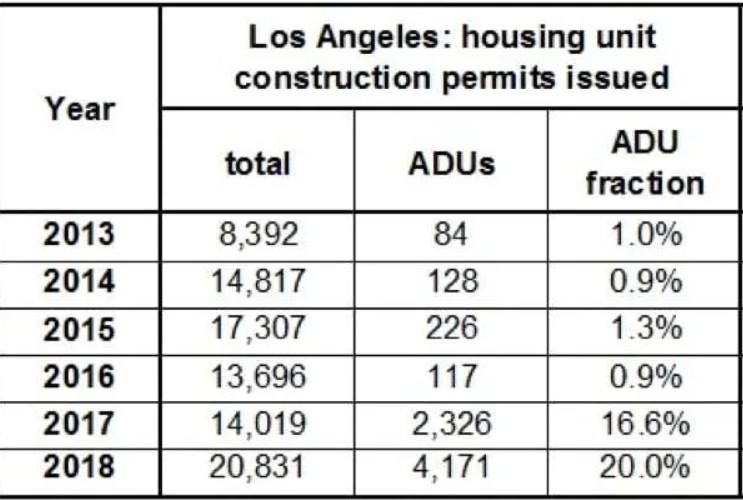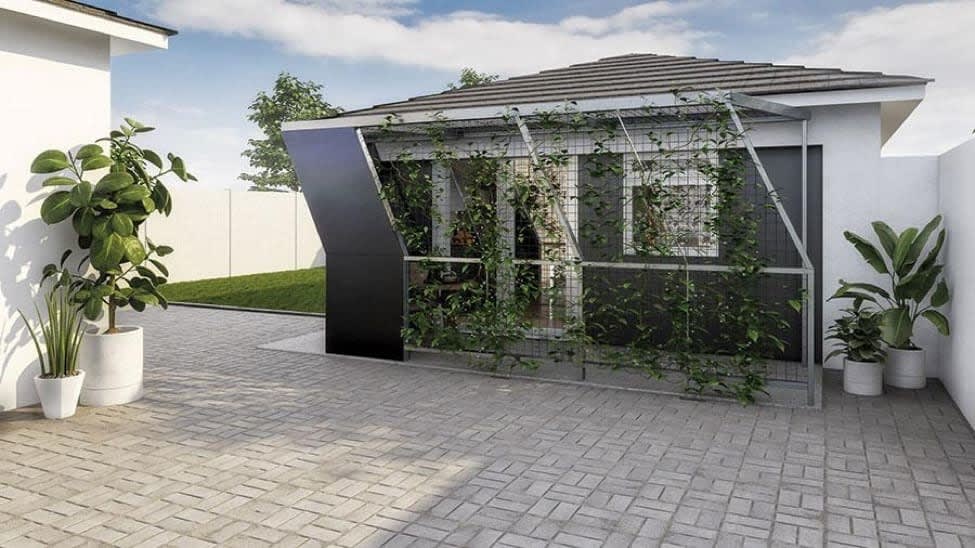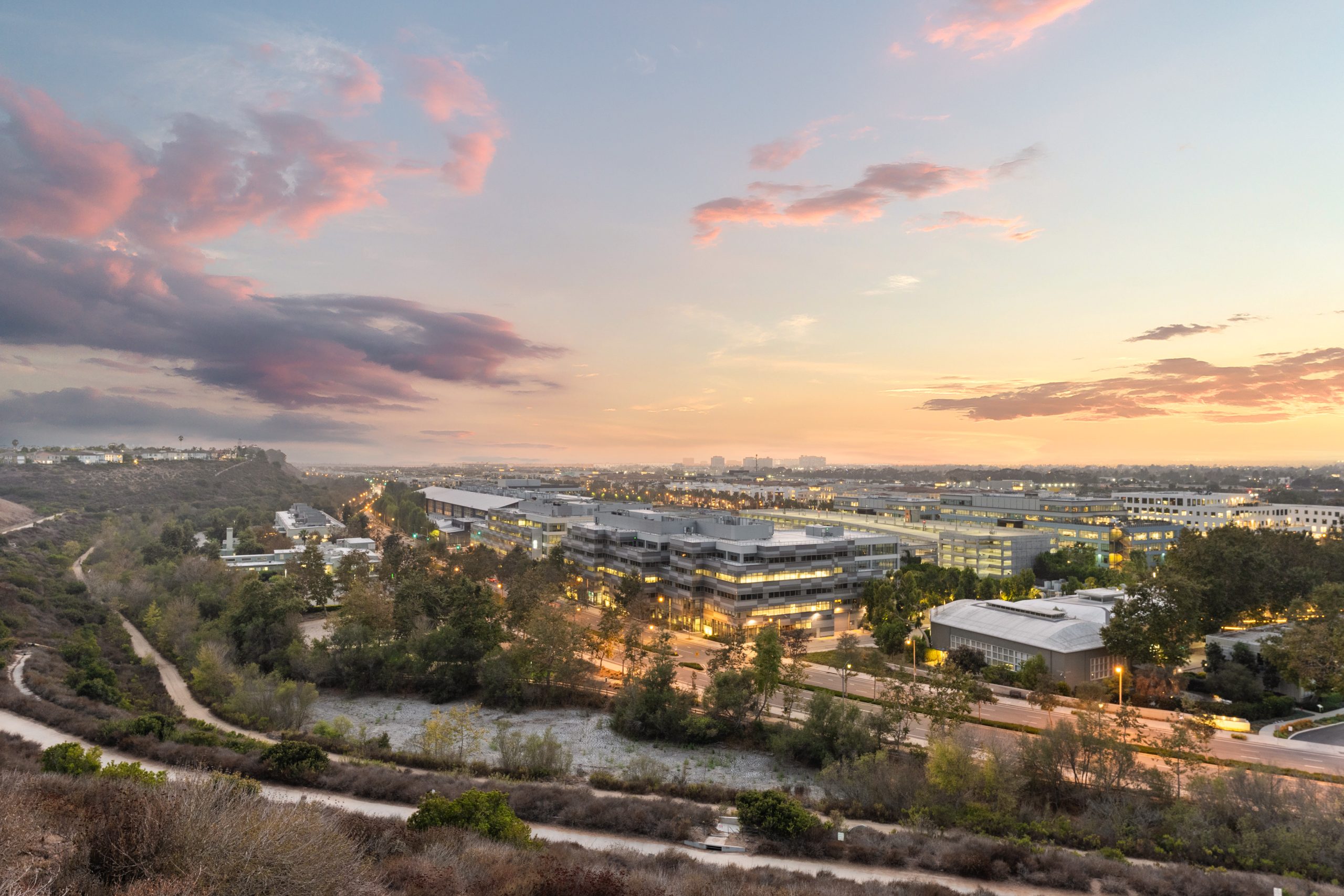Main Content

They’ve been called backyard homes, granny flats, in-law units, backyard cottages, secondary units, tiny houses, and more. Whatever you prefer to call them, Accessory Dwelling Units (ADU) have been garnering a lot of buzz in and around our community since January 2017 when new State laws took effect that created new opportunities for housing. In fact, the new ADU Ordinance was adopted on April 30, 2019 and took effect on May 30, 2019.
So what is an ADU and why all the buzz?
An Accessory Dwelling Unit, also referred to as an ADU, is a dwelling unit with a full kitchen and bathroom, which is an accessory use to a primary or main single-family residence. An ADU is typically detached from the main house and usually has been converted from a previously standing structure such as a garage or studio space. Homeowners can also build permitted ADUs from the ground-up. In 2018, Los Angeles permitted a total of 4,171 ADU projects, an increase of 4865% in 5 years. Los Angeles is above average for ADU production compared to other cities statewide (Source). This number clearly demonstrates the potential for the growth of ADUs in communities across the state and country.

What are the benefits of ADUs?
In addition to their potential to help ease the housing crisis, these dwellings have been popular among homeowners as a way to transform properties to maximize their potential, add value to their home, and make it more desirable for resale. ADUs can provide homeowners a great option for added income and low-cost housing for renters. In some cases, ADUs can bring a 15x return on investment over a 30-year period. - for example, a $100,000 investment can turn into $1.5 million in revenue over time. In addition, ADUs can provide flexible space for your family and/or additional workspace. Imagine having a separate office space, game room, art studio, home gym, guest quarters, or that well-earned personal sanctuary; the possibilities are endless!
What are the types of ADUs
- Detached: An independent structure entirely separate from the primary dwelling that includes full amenities.
- Garage conversion: A conversion of an existing garage or structure that includes full amenities.
- Attached: An addition, attached to the primary dwelling that includes full amenities.
- Interior conversion: A converted existing, interior space within the primary dwelling, also known as Junior ADUs. (Source)
ADUs can be established in existing structures, including a pool house or a garage. Homeowners can even convert a portion of their existing residence into an ADU, as long as it has its own entrance, a kitchen, and at least one bathroom. Please note: Campers, RVs, and trailers do not qualify as ADUs.
How much do they cost to build?
According to Maxable, a website that offers site consultations with an ADU expert, the average cost to build a unit in Los Angeles is between $220-$350 a square foot. Garage conversions tend to be the least expensive.
How long does a typical ADU take to build?
This depends on the complexity of the project and the time of year the process is started. Modative, an architecture and operations team based in Los Angeles that specializes in ADU design and development, estimates that an ADU built in the City of Los Angeles can take anywhere from 3-6 months for a Garage Conversion ADU to 6-9 months for a Ground-Up ADU.
What are the size requirements?
Under state law, the size of an ADU attached to the main house is limited to a maximum of 1,200 square feet or half the size of the existing residence, whichever is smaller. Detached units can’t be larger than 1,200 square feet.
Any other guidelines for size I need to be aware of?
There is no minimum lot size for an ADU so long as a legal Single Family Residence exists on the property. A detached ADU will need to be at least 10 feet from the main residence and 5 feet from any property lines.
Are the rules different if I’m not housing someone?
ADUs don’t have to be used to house someone! Homeowners may just want an office, art studio, fitness/wellness room, or a room for guests. If you’re just looking for extra room, a standard addition permit may be an easier way.
Can I Airbnb an ADU in Los Angeles?
Santa Monica, Long Beach, and Los Angeles County, have chosen to ban ADUs from short-term rental use in order to encourage owners to lease them out for longer periods of time. (CurbedLA + Source).
What about permits?
If you are building an ADU, you will need the relevant permits and have a full inspection as you would with any residential property. Once the project is built, homeowners will need to obtain a certificate of occupancy before anyone moves in.
Any issues I should be aware of?
It has been reported that many ADU projects have been blocked due to overhead power lines. Statewide regulations require new buildings to sit 5 to 6 horizontal feet from the aerial path of a power line, so that if the line breaks it doesn’t fall on top of a structure. (CurbedLA).
Is parking required for all ADU?
One big element of the new state law is that cities can't require parking for ADUs within a half-mile of a major public transit stop. That means that a lot more people will be able to construct them without also figuring out how to add a parking space. For more details about parking click here.
Who is building these and what do they look like?
We highly recommend consulting an architect or company familiar with the laws, regulations, and experience building ADUs.
Below are some local recommendations that provide lots of useful information and offer design and development services: With offices located in Santa Monica, Plús Hús is an Accessory Dwelling Unit (ADU) developed by the award-winning design firm, Minarc. The design is a simple, efficient, multi-purpose structure designed to let anyone add an affordable, environmentally responsible space to their property.

Design by Plús Hús
Located in Culver City, Modative and Modative Build are fully licensed architecture and construction operations with extensive experience designing and building efficient homes in small spaces.

Garage Conversion designed by Modative
Cover is a technology company that can design, permit, manufacture, and install beautiful backyard homes in Los Angeles. Completely custom to your property, no subcontractors to deal with, and with a fixed price contract.

Where did you get your information from? Any additional resources you can provide?
Below is a list of resources to learn more about recent news and regulations including links to the Los Angeles Department of Regional Planning. Always consult an architect or professional before beginning any work on your home. All the material presented above is intended for informational purposes only. Information is compiled from sources deemed reliable but is subject to errors, omissions, or changes without notice.
ARTICLES & RESOURCES
Los Angeles County Department of Regional Planning
Los Angeles County Department of Regional Planning Ordinance
LA Curbed: “Power lines preventing LA homeowners from building ADUs”
Siteline: “LA ADU Story: How a State Law Sent Granny Flats Off the Charts”.
Looking for a property where you can add an ADU? Contact us today to learn more!
Tel: 310.499.2020

















